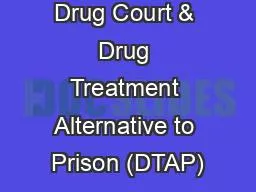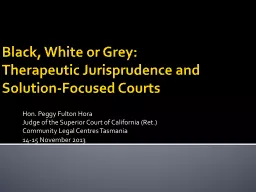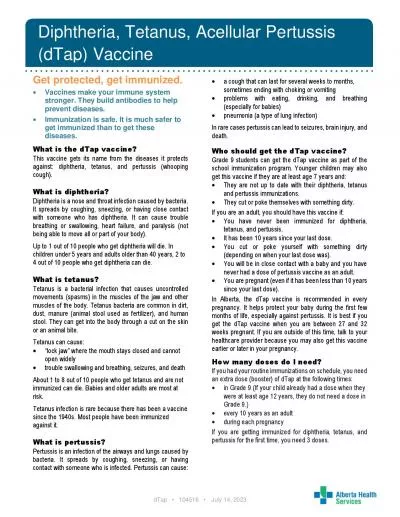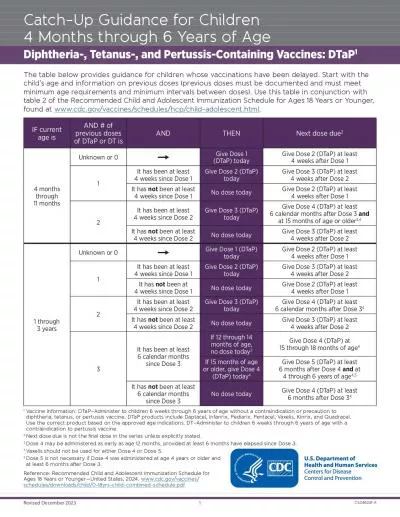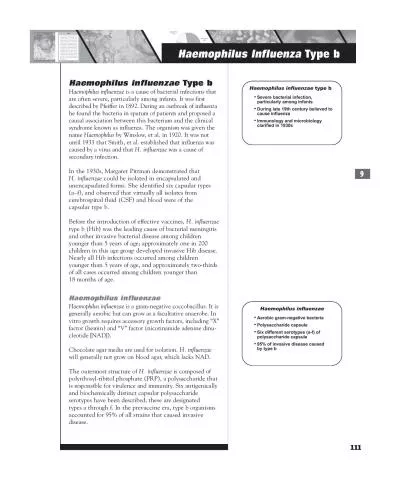PPT-Drug Court & Drug Treatment Alternative to Prison (DTAP)
Author : dollumbr | Published Date : 2020-08-29
Pima County Reentry Center PRC Pima County Adult Detention Center PCADC CMS Southern AZ Correctional Health Programs Medication Assisted Treatment Prescription
Presentation Embed Code
Download Presentation
Download Presentation The PPT/PDF document "Drug Court & Drug Treatment Alternat..." is the property of its rightful owner. Permission is granted to download and print the materials on this website for personal, non-commercial use only, and to display it on your personal computer provided you do not modify the materials and that you retain all copyright notices contained in the materials. By downloading content from our website, you accept the terms of this agreement.
Drug Court & Drug Treatment Alternative to Prison (DTAP): Transcript
Download Rules Of Document
"Drug Court & Drug Treatment Alternative to Prison (DTAP)"The content belongs to its owner. You may download and print it for personal use, without modification, and keep all copyright notices. By downloading, you agree to these terms.
Related Documents

